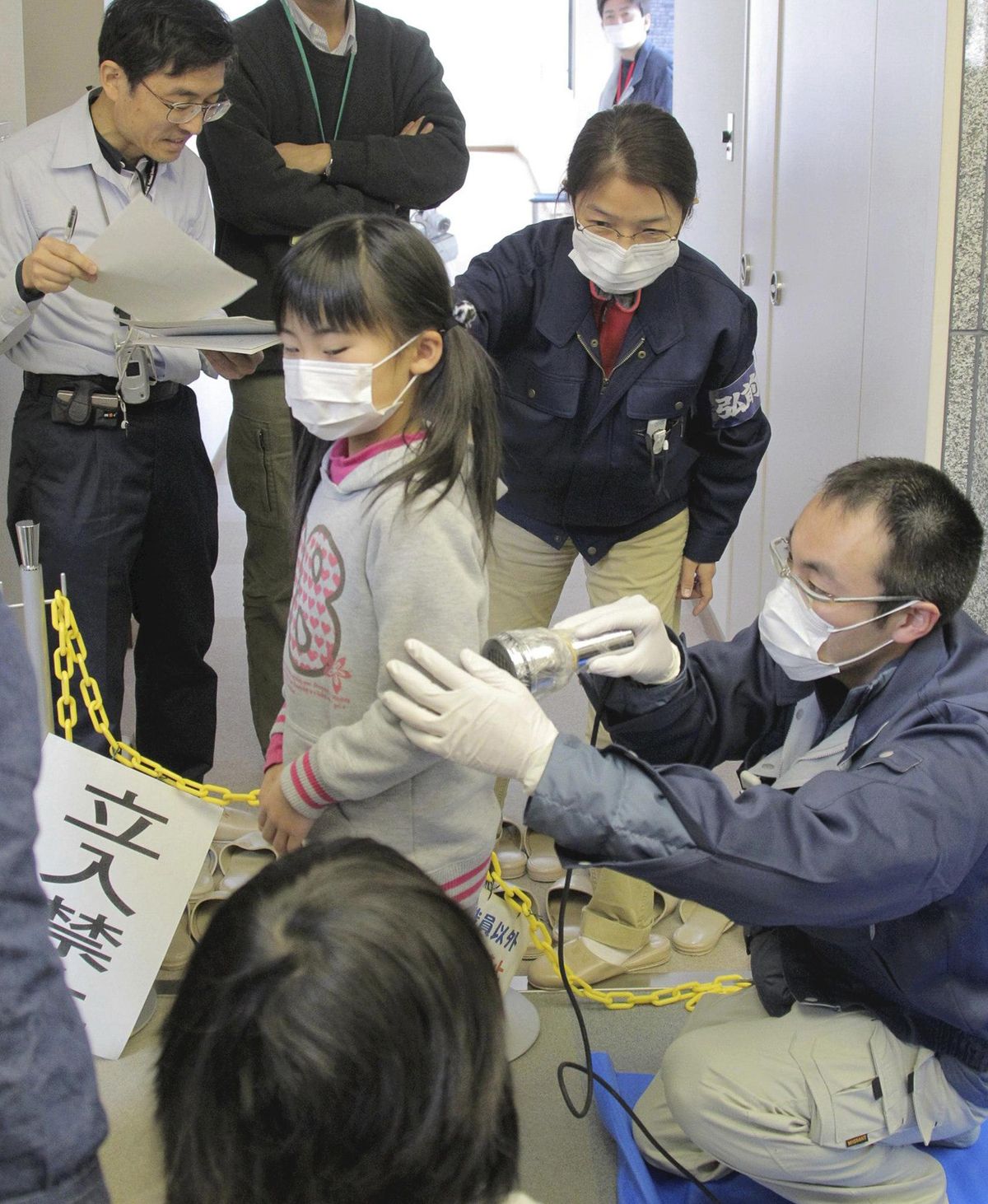Utility president in Tokyo hospital
Health questioned since crisis began

TOKYO – Radiation leaking into seawater from Japan’s tsunami-damaged reactor complex reached its highest level yet today and the president of the plant’s utility company was hospitalized, as setbacks accumulated in Japan’s nuclear crisis.
Masataka Shimizu, president of Tokyo Electric Power Co., has not been seen for nearly two weeks after appearing at a Tokyo news conference two days after the March 11 earthquake and tsunami that hobbled the Fukushima Dai-ichi plant’s cooling systems and set off radiation leaks.
Shimizu, 66, was taken Tuesday to a Tokyo hospital after suffering dizziness and high blood pressure.
There had been much speculation about Shimizu’s health since he disappeared from public view, with company Vice President Sakae Muto appearing instead at news briefings.
It was the latest crisis to beset TEPCO, still struggling to stabilize the dangerously overheated power plant and to contain the radiation seeping from the complex and into the sea and soil nearby. The magnitude-9.0 quake spawned a tsunami that knocked out power and backup systems crucial to keeping temperatures down inside the plant’s reactors.
Residents within 12 miles of the plant were evacuated two weeks ago, while those up to 19 miles have been urged in recent days to leave voluntarily.
Elevated levels of radiation, meanwhile, has turned up in vegetables, raw milk and water. Last week, tap water as far away as Tokyo, 140 miles to the south, contained levels of cancer-causing iodine-131 considered unsafe for infants.
Today, nuclear safety officials said seawater outside the plant was found to contain 3,335 times the usual amount of radioactive iodine – the highest rate yet and a sign that more contaminated water was making its way into the ocean.
The amount of iodine-131 found offshore some 300 yards south of the plant does not pose an immediate threat to human health but was a “concern,” Hidehiko Nishiyama, a Nuclear and Industrial Safety Agency official, said today.
Highly toxic plutonium also has been found seeping into the soil outside the plant, TEPCO said. Safety officials said the amounts did not pose a risk to humans, but the finding supports suspicions that dangerously radioactive water is leaking from damaged nuclear fuel rods.